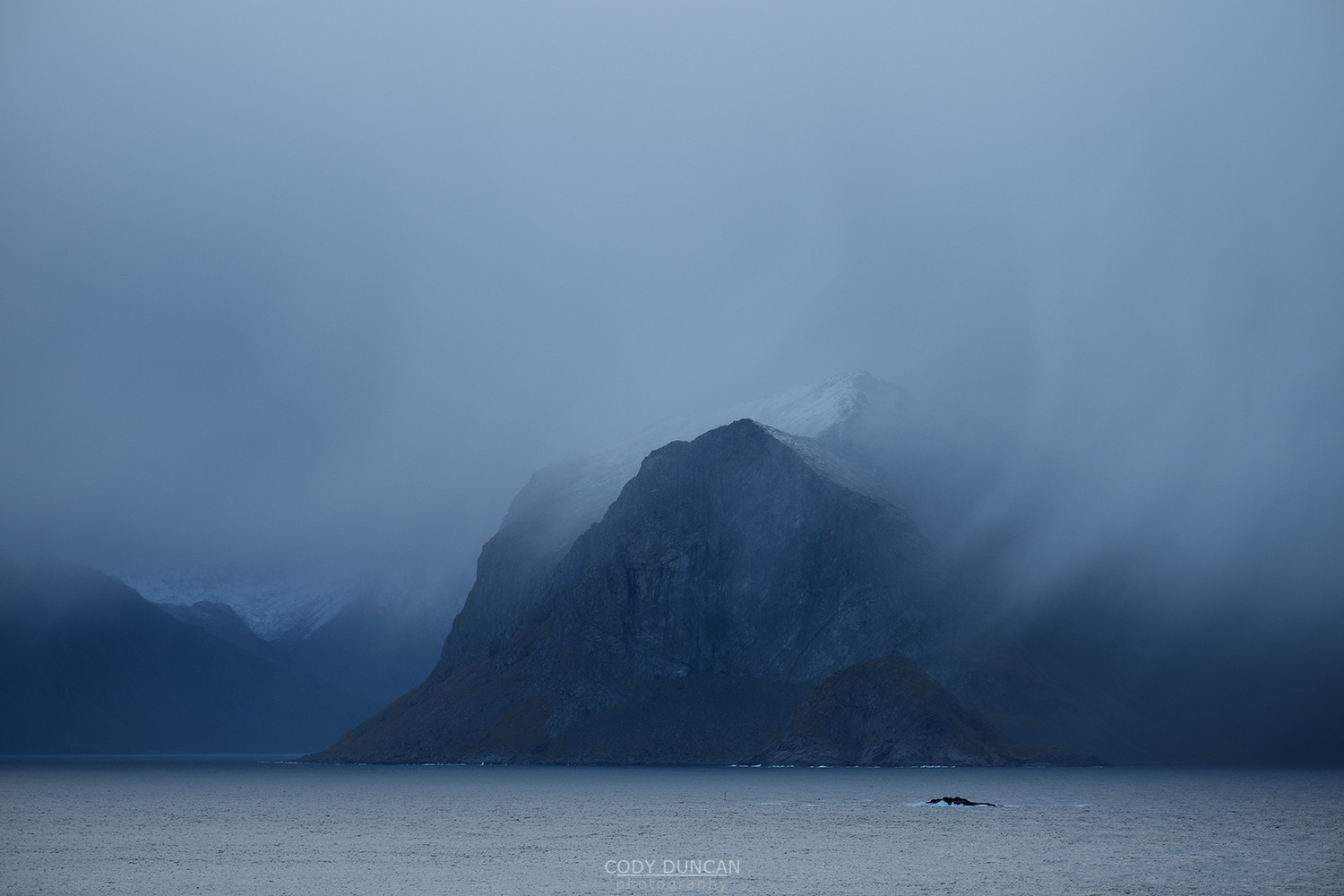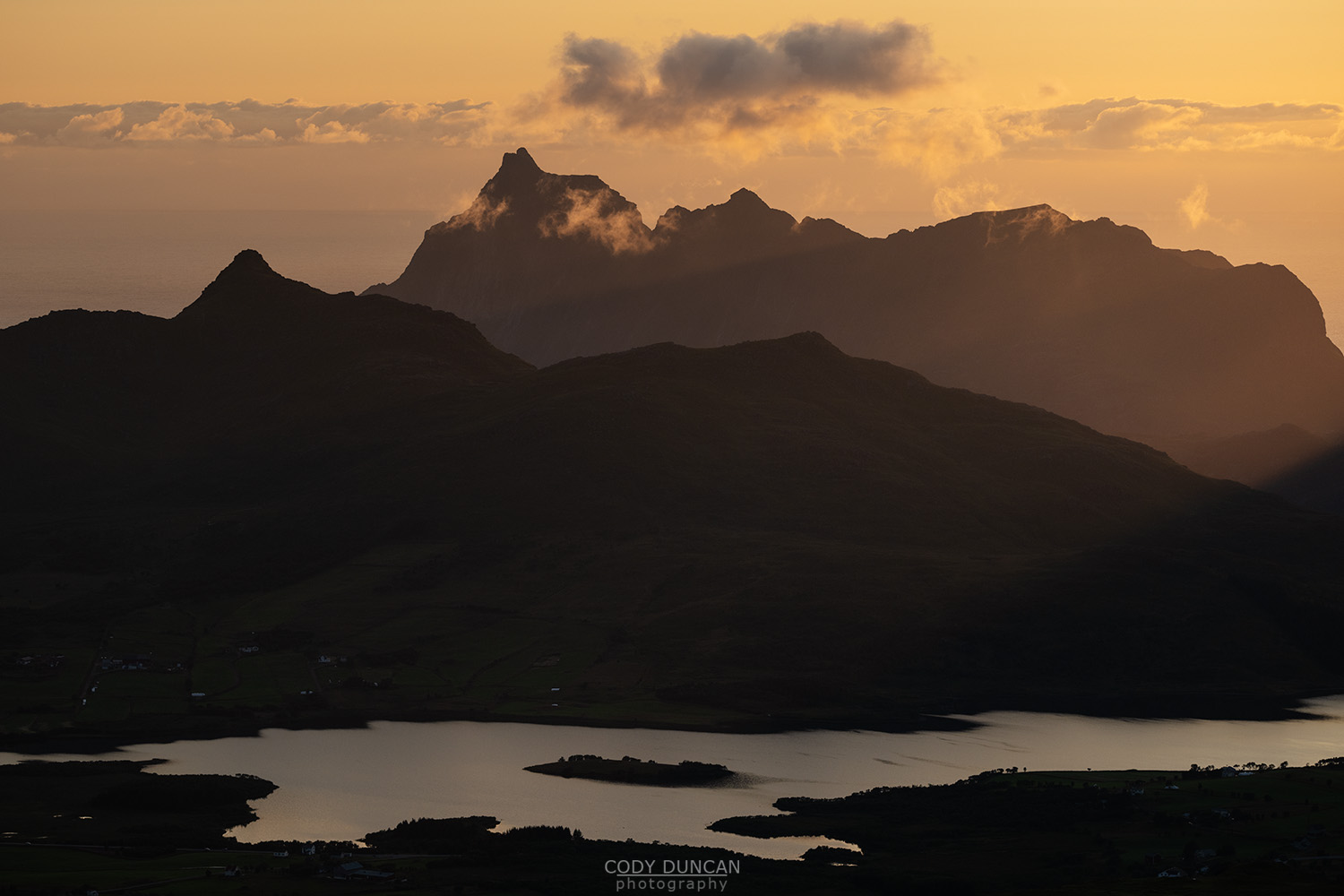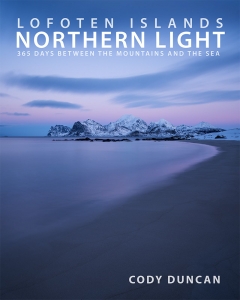Friday Photo #569 – November Moon

Photo: Full moon in twilight November sky over mountains of Vestvågøy, Lofoten Islands, Norway. November 26, 2023. 14:06
After a couple days of stormy weather last week, the sky has once again cleared and Lofoten has fallen into a silent deep freeze again. And thought the days are now preciously short with the beginning of the polar night just around the corner, and bright full moon has been illumining the snow covered landscape.
The moon is full when opposite the sun. In these short days with the sun low on the southern horizon, the full moon is actually remaining above the horizon for the entire day with an orbit similar to the midnight sun would be 6 months ago. Except with the full moon, it is lowest on the horizon at Noon in the northern sky, not midnight like the sun would be. So it it the complete opposite, or the midday moon.
The opposite effect can also happen with the moon, where there are cycles where it never rises above the horizon for extended periods of time.
Luckily, the moon fits perfectly in these twilight days at the moment. I have mostly been shooting with a longer telephoto lens towards distant mountains to have a larger moon in the frame. But as I was finishing up at this location on my way home from Leknes, I decided to shoot a panoramic as well. I still shoot a fair amount of panoramics, but don’t often post them here and they don’t fit the design of the website that well.
But for this scene, rather than a more dramatic larger moon and mountains, this image better represents the mood and feeling of these clear November days of the past week. Here, the moon sits low in the over the distant mountains of Vestvågøy as I was shooting across the Nappstraumen. Truly magical!
Head over to my Instagram account for (almost) daily postings of the local conditions here on Lofoten: @distant.north
Camera Info:
Nikon z8
Nikon 24-120mm f/4
120mm
ISO 200
f 9
1/13 Second
WB Daylight
5 image panoramic















